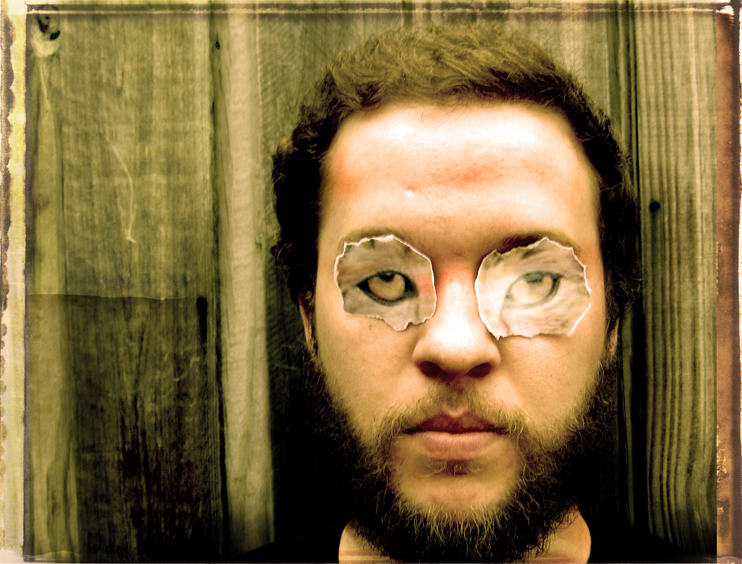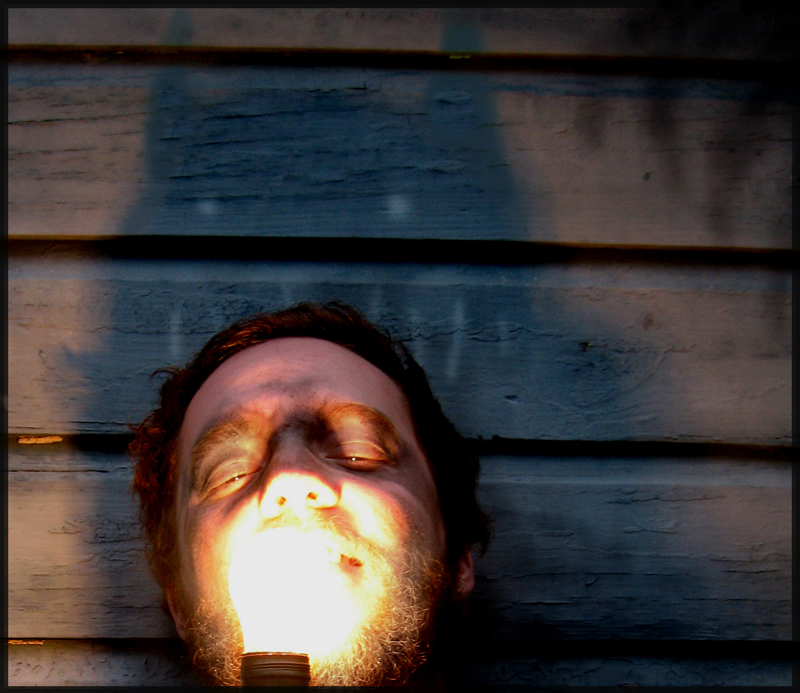Duemilaequattordici. Martedì, 4 Novembre. Giovedì, 6 Novembre. Giorni come altri. Oppure no.
Radical face arriva finalmente in Italia. Il Mini Overseas tour per il nuovo album vi ha previsto due tappe: il Circolo degli artisti (Roma) e il Circolo Magnolia (Milano).
The Family tree: the Branches è il secondo della trilogia The Family tree. Il progetto è incentrato su un’immaginaria famiglia americana e ne ripercorre la storia dal XIX secolo.
“Non sono partito con l’intenzione di fare una trilogia. Volevo soltanto scrivere una saga familiare. Lo volevo fare da tanto tempo, ma inizialmente ero timoroso. La famiglia è un tema importante per me, che provengo da una piuttosto grande e atipica, ed ero titubante ad iniziare perché temevo che avrei fatto un lavoro del cavolo. Ma una volta iniziato, è venuto tutto da sé. Ho iniziato a lavorarci nel 2007. Mi ero inventato un albero genealogico immaginario, un Frankestein di mappe genealogiche a caso, una mia storia familiare, alcune esperienze personali e poi della buona e vecchia finzione – e le ho usate come basi per le canzoni. Quando ho iniziato ad organizzarmi per registrare, nel 2009, avevo più di 45 canzoni su cui lavorare, anche dopo aver lasciato perdere quelle che non mi convincevano”. Radical Face [N.d.T.]
La trilogia è permeata da una continuità, senza esserne vincolata. Ogni capitolo vuole essere un momento autonomo della narrazione. I personaggi sono spesso motivi musicali, che ritornano a intermittenza in contesti nuovi.
The Roots, le origini, viene realizzato esclusivamente con strumenti disponibili fino al 1860 . Non è diverso per The Branches. Radical faces si procura tutti strumenti risalenti all’1860-1910. La produzione essenziale dà spazio a fruscii e imperfezioni funzionali al sound. Scrittura e arrangiamenti intessono la trama in maniera complementare e concorrono a creare un esperimento di storytelling.
Ma chi c’è dietro a tutto questo?
Radical face è Ben Cooper, un ragazzo di Jacksonville che registra in completa libertà nel suo capanno degli attrezzi. Voleva fare lo scrittore, e l’avrebbe fatto se non gli fosse rotto l’hard disk con i suoi due romanzi. Un segno, dice lui. Così abbandona il proposito originario e si dedica alla musica. Nel 2007 riscuote molto successo grazie al brano “Welcome home, Son”, utilizzato dalla Nikon per uno spot che ha raggiunto 20 milioni di visualizzazioni.
Ma continua a lavorare come sempre. Da solo, a casa sua.
But everybody’s bones are just holy branches
Ride the breeze to cut patterns in the leaves
And in time we find some shelter
Spill our seeds and then wait for our turns
But for now we’re adrift on the waves of discontent
Trying to carve our place
All in hopes we’ll be something they want
But I ain’t holding my breath
(da Holy Branches, The family tree: the branches)
[divider]ENGLISH VERSION[/divider]
Two thousand and fourteen. Tuesday, November 4th. Thursday, November 6th. Two ordinary days, or maybe not.
Radical face finally arrives in Italy. The mini overseas tour for the new album includes two stages: the Circolo degli Artisti in Rome and the Circolo Magnolia in Milan. “The Family Tree: The Branches” is the second album of the trilogy “The Family tree”. The project is focused on an imaginary American family and traces its history from the nineteenth century.
“I didn’t set out to make a trilogy. I just wanted to write a family saga. It’s something I’d wanted to do for a long time. But I was timid at first. Family is a big topic from me, being from a large and atypical one, and I was hesitant to start for fear I’d do a shitty job of it. But once I started writing for it, it all kinda poured out. I started writing for it in 2007. I came up with a fictional family tree – a Frankenstein of random genealogy charts, my own family history, some of my personal experiences and plain old fiction — and used that as the basis for the songs. When I started organizing the record in 2009, I had over 45 songs to work with, even after ditching the ones I wasn’t so sure of.” Radical Face.
The trilogy is characterized by continuity, but without being conditioned by it. Each chapter is an autonomous moment of narration. The musical motifs are often the real characters, intermittently returning in new contexts. “The Roots”, Le Origini, has been recorded exclusively with the instruments that were available back in 1860. The same procedure was followed for “The Branches”: Radical Face used only instruments that dated back to 1860-1910. The basic production gives space to hisses and imperfections that fit well with this sound.Writing and arrangements weave the plot together and contribute to create an experiment of storytelling.
But who’s behind all of this?
Radical Face is Ben Cooper, a boy from Jacksonville, Florida, who records his music in complete freedom in his tool shed. He wanted to be a writer, and he would have made it if the hard disk containing his two novels hadn’t crashed. A sign, he says. So he gives up the original plan and starts writing music. In 2007 he gained resounding success with the song “Welcome home, Son” which was used by Nikon for a commercial that reached 20 million views.
But he keeps on working as usual. Alone, at home.
But everybody’s bones are just holy branches
Ride the breeze to cut patterns in the leaves
And in time we find some shelter
Spill our seeds and then wait for our turns
But for now we’re adraift on the waves of disconent
Trying to carve our place
All in hopes we’ll be something they want
But I’m not holding my breath(Holy Branches, The Family Tree: The Branches)
Traduzione a cura di Giulia Mastrantonio





